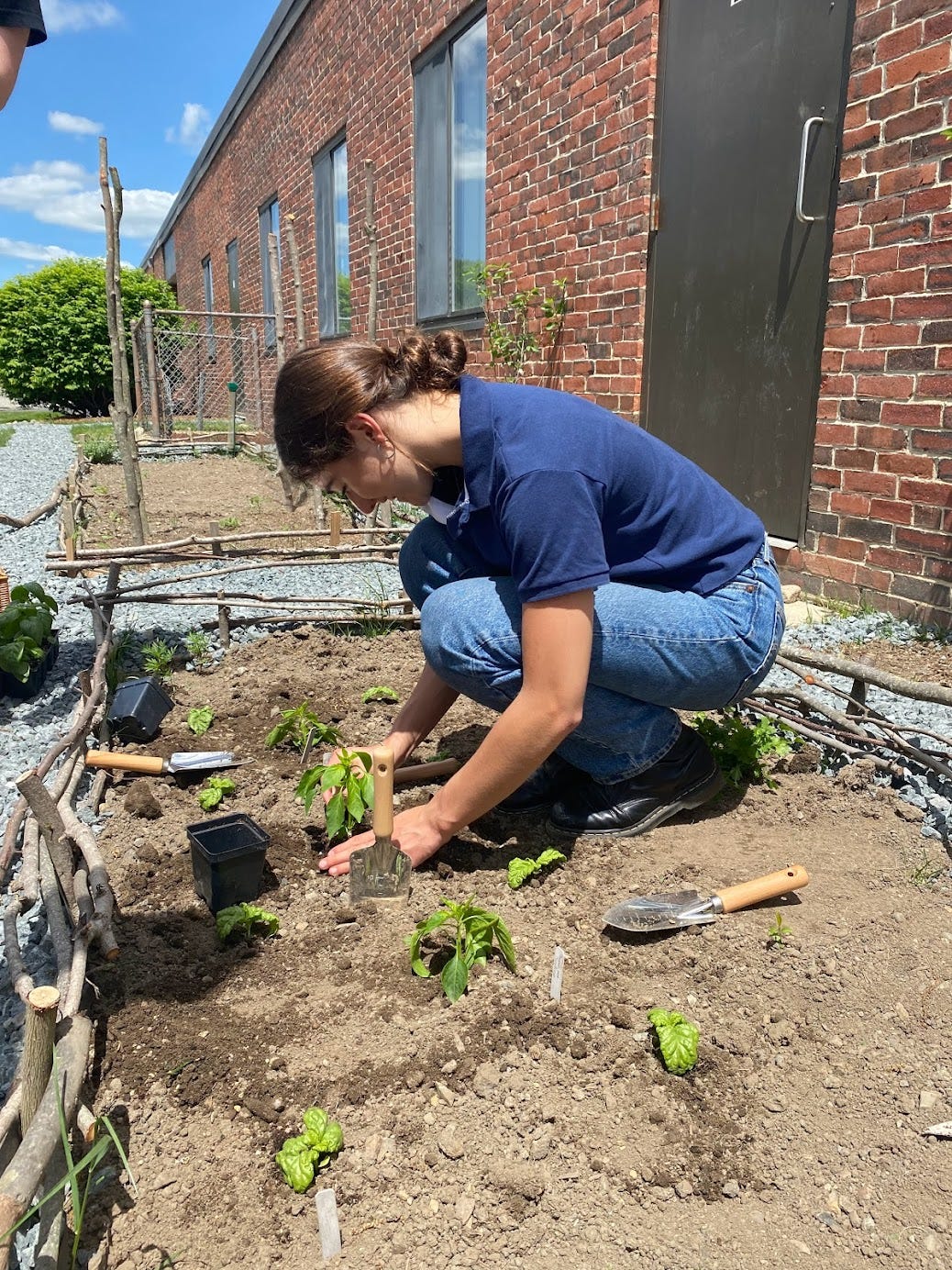
My drive to work this morning was quintessentially New England winter: ghosts of snow clasping every tree along the highway, a deep-blue sky shading into vermillion and apricot before sunrise, the tidal rivers banked with plates of cascading ice. Foregoing my usual music, I turned the radio off and simply stared at it all, soaking in the brief but spectacular essence of the season. It hardly seems like a time to be thinking about, much less planting, hot peppers. Yet, paradoxically enough, now is precisely the moment to start sowing them.
I love hot peppers and grow as many varieties as possible both at home and here at school. For the most part, those I’ve planted have been bought as seedlings from big-box home and garden stores. This strategy is effective enough if you’re in a rush—apart from the generally low quality of the plants—but purchasing hot peppers as seedlings disguises one of their most interesting qualities: their age. They are, in fact, one of the slowest-maturing vegetables we can grow in our gardens, often taking 150 days—nearly half a year!—to bear fruit. Thus, if your ambition is to grow chili peppers from seed, you’ll need to start early, sowing the seeds indoors around the end of January.
One of the advantages of raising your hot peppers from seed is access to variety. Big home and garden stores will always only play the hits, such as Jalapenos, Serranos, and vaguely named “Asian chilies,” all of which are useful and reasonably delicious, especially dried on the windowsill or sliced and quick-pickled in cider vinegar. But starting your own plants means you can branch out into the realms of the strange and wonderful. This year, the Classical Roots garden will feature the gnarled, waxy, brilliant red Tunisian Baklouti, the main ingredient in Harissa paste, along with brown Jalapenos and the stunning electric-purple Buena Mulata. All three, alongside their more pedestrian cousins, are members of the botanical group Capsicum annuum, a truly multifaceted species that has fueled and flavored global cuisine for centuries.
If you do decide to start your chilis indoors, place your seed tray on a sunny, south-facing windowsill in a warm spot, preferably with good ventilation. Sow the seeds a quarter-inch deep, either in their own cells or two to three inches apart if you’re sowing in rows. The seeds need warmth to germinate, so placing them on a heated mat is almost essential unless the tray sits directly above a radiator. The other trick is to know that chilis are prone to fungal problems and therefore hate sitting in the wet. They should thus be watered little and often as opposed to occasionally and deeply—the opposite of most houseplants—preferably in the morning so they stay dry at night. When the seedlings emerge, make sure they get as much light as possible and even a bit of a breeze. Here in New England the light levels are so low in winter that early-planted seedlings are prone to get leggy, reaching towards the limited light with long, fragile stems that often break under their own weight. Providing a light breeze with a small fan is one way to avoid that issue. Another way is to walk by them very fast, to blow on them, or just to hope and pray for sunny weather. Whatever you do, don’t crack a window—cold is their death warrant.
Once the seed leaves are succeded by true leaves and the seedlings start to get crowded, the plants can be labeled and potted up into larger individual containers. In late spring or early summer, when outdoor temperatures are no longer sinking below fifty degrees—I know, it seems impossibly far away at the moment—the seedlings can be gradually hardened off and finally planted out. With any luck, all this work and planning will result in an abundant harvest that lasts from early summer right through the fall, giving you a distinct advantage over the garden-store plants, which seldom start yielding until it’s nearly autumn. And the applications of chili peppers, both ornamental and culinary, are endless. They actually get spicier the hotter the weather, and are therefore heralds and even the bearers of the summer heat.
To garden is to be synchronized with the weather and the season—but to be a gardener is to be perpetually making plans. If you’ve never started a plant from seed before, choosing one type—such as chilis—and mastering the art of raising it is far superior to attempting the same task with a gardenfull of various and sundry plants. In the latter case, it’s much more likely you’ll become discouraged and overwhelmed. Better to start simple, and savor the delicious anticipation of color, intensity, and spice.





